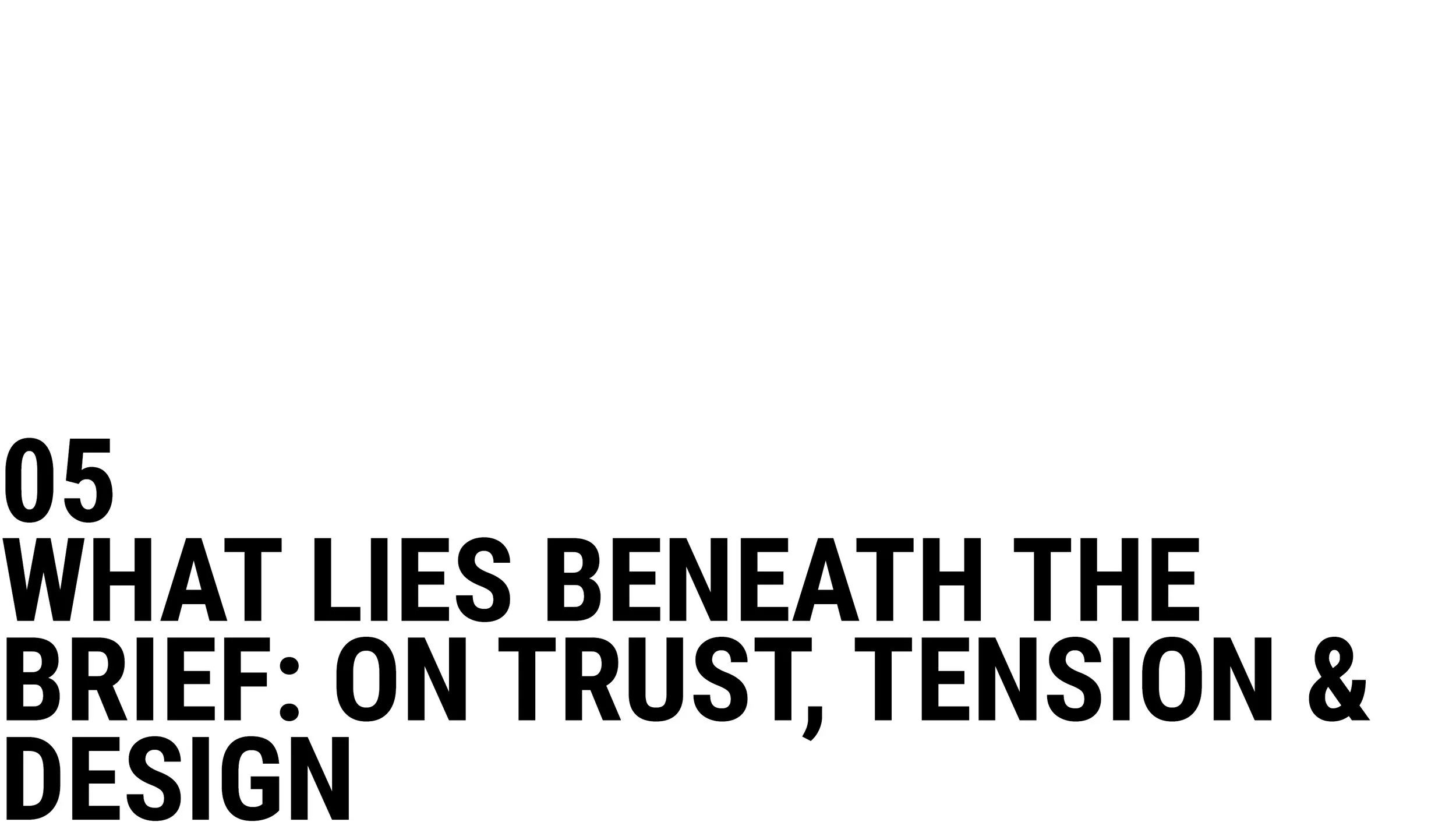Architects are not court-appointed.
That might sound obvious, but it’s worth stating: both architect and client have agency — and responsibility — in choosing to work together. It’s a relationship built on mutual alignment, not obligation.
The act of selecting an architect is the first design decision a client makes. Done thoughtfully, it becomes the foundation for a creative relationship that can be defined by tension, trust, growth — and ultimately, transformation on both sides.
A client’s task isn’t just to find an architect, but to find the right one — a practice whose values, approach, and aesthetic sensibility resonate. Likewise, we seek clients who are open — to being challenged, to being surprised, and to trusting a process that is sometimes linear, sometimes not. When that chemistry is there, the project can really sing.
Some clients arrive with Pinterest boards and magazine clippings. Others bring carefully structured multi-page briefs. Both approaches show care, and both offer insight. More importantly, they start the conversation — and begin to reveal what lies beneath the surface.
Every project begins with a brief. But the real work happens in the subtext: the unspoken needs, the contradictions, the subtle tensions between wants and instincts. The early meetings are a kind of decoding — not just listening to what’s said, but observing body language, silences, patterns. Slowly, a clearer picture emerges. And with it, trust.
An informed, enthusiastic client is a gift. Their clarity can embolden us. Their ideas can become sparks for ours. When we sense a client is open — really open — we ask, can we be braver? Bolder? Is there something here we wouldn’t have otherwise explored?
Of course, design is rarely without friction. Sometimes we nudge clients out of their comfort zones — if only momentarily. And in turn, they challenge us to sharpen, refine, articulate. When the relationship is grounded in respect, this push and pull doesn’t weaken the project — it strengthens it. It forces everyone to think more deeply. To raise the bar.
When a client feels safe, and we feel empowered, design can become expansive. That’s the sweet spot — when both parties feel secure enough to take risks, to be vulnerable, to work from instinct as well as intention.
The relationship evolves as the project unfolds. What begins as formal and careful becomes casual and collaborative. Conversations become more fluid, decisions more intuitive. The language of the project — once tentative — begins to crystallise.
When the relationship works, it brings out the best in everyone involved. The result is more than just good design — it’s a reflection of shared trust, curiosity, and intent.


